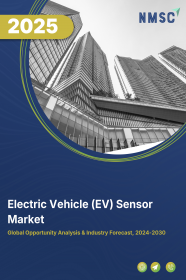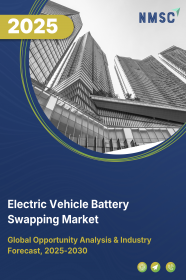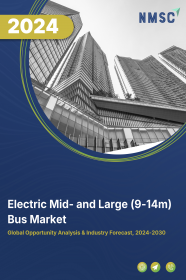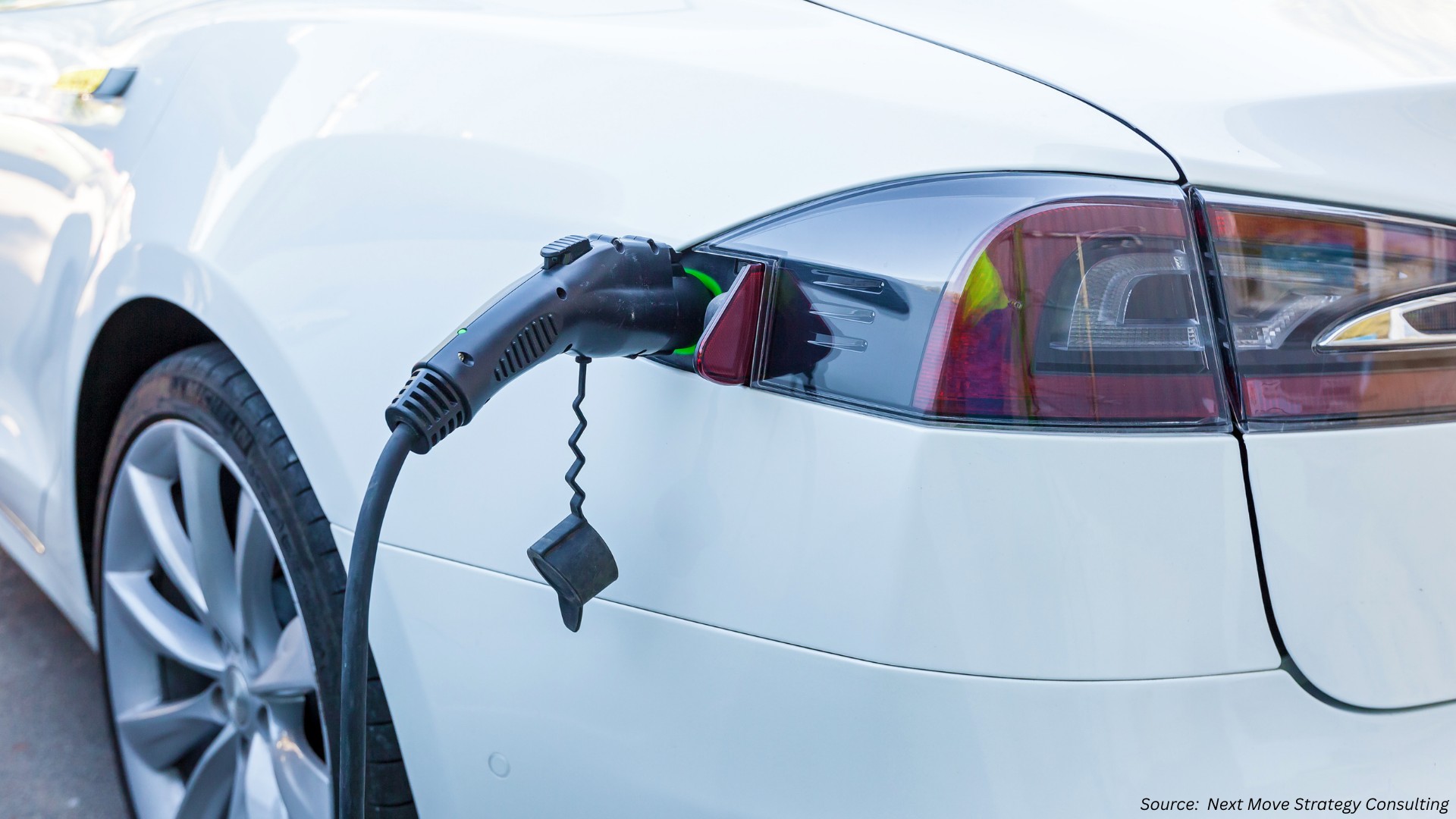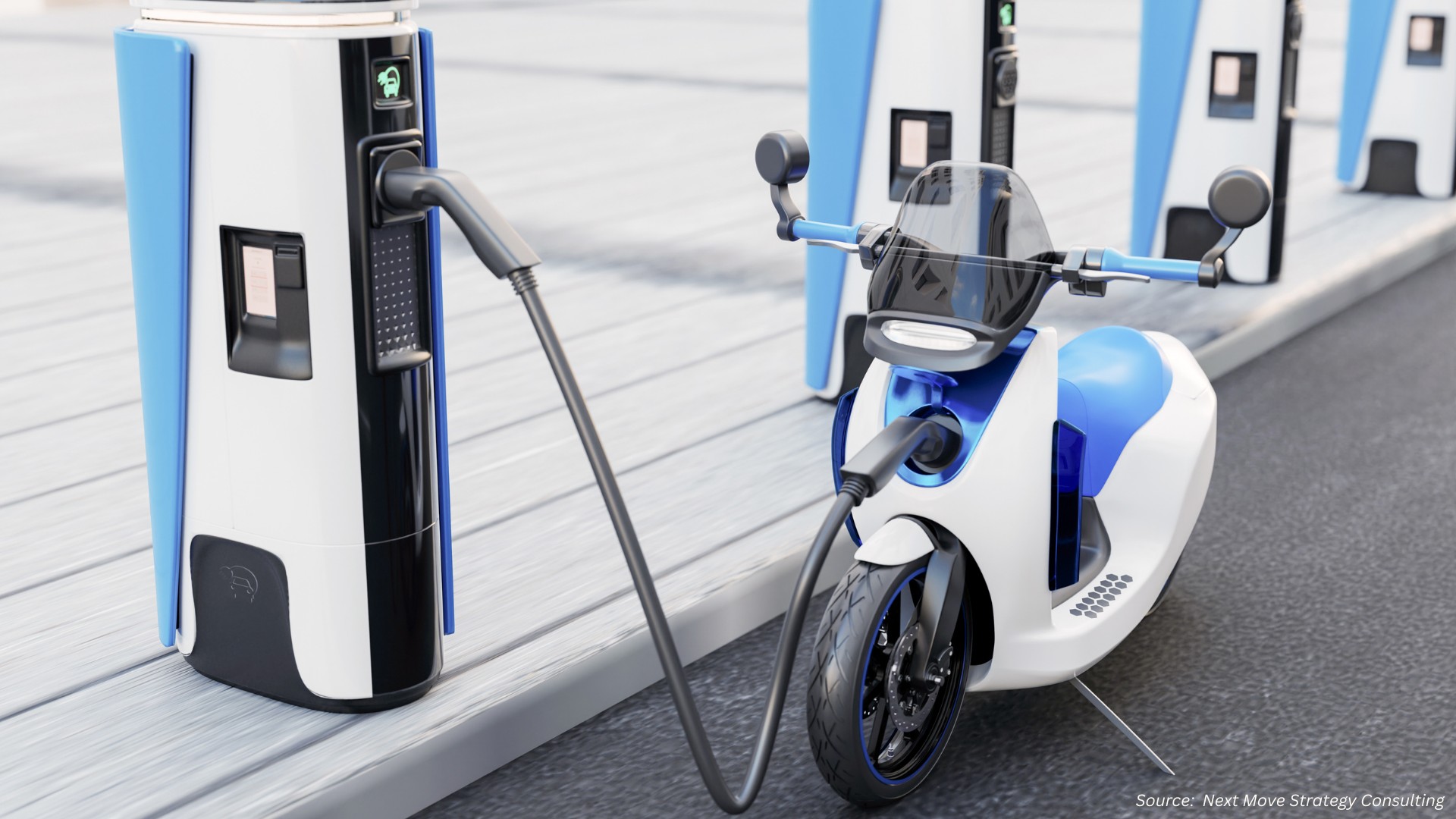
Japan Electric Vehicle (EV) Charging Market by Type of Charger (AC Chargers, DC Chargers), by Charging Speed (Level 1, Level 2, and Level 3), by Connector Type (Type 1, Type 2, CCS, CHAdeMO and Others), by Installation (Fixed, and Portable), by End User (Commercial, and Residential ) – Opportunity Analysis and Industry Forecast 2023–2030
Industry: Automotive & Transportation | Publish Date: 09-Jul-2025 | No of Pages: 153 | No. of Tables: 142 | No. of Figures: 87 | Format: PDF | Report Code : AT866
Market Definition
Japan Electric Vehicle (EV) Charging Market was valued at USD 334.83 million in 2022, and is predicted to reach USD 3824.2 million by 2030, with a CAGR of 36.0% from 2023 to 2030. Electric vehicle chargers are characterized by the rate at which they deliver energy to the vehicle's battery. They serve as a vital infrastructure connecting plug-in electric vehicles to electrical outlets for the purpose of recharging the vehicle's battery. These chargers facilitate the charging process by supplying the necessary electrical energy to the EV's battery.
Charging stations are compatible with electric vehicles, neighborhood electric vehicles (NEVs), and plug-in hybrids, allowing them to connect to an electrical source for charging. Some charging stations come equipped with advanced functionalities such as smart meters, cellular connectivity, and network access.
The charging of EVs can be carried out through several levels of charging such as level 1, level 2, and level 3. The higher the level of charging, the faster the charging process causing more power to be delivered to the vehicle. The use of electric vehicles significantly reduces the carbon footprints released into the atmosphere, which contain toxic gas. The growing threat of carbon emissions and other harmful gases stemming from transportation has triggered the vital necessity of adopting electric vehicles.
In addition, the penetration of EV charging is high in commercial spaces as compared to residential ones. Long-distance trips would benefit from ultra-fast charging capabilities made possible by public charging infrastructure. However, EV chargers for residential spaces offer significant growth potential as they are affordable and more convenient for charging electric vehicles as compared to commercial charging stations.
Japan’s Transport Ministry Accelerates Roadside EV Charging Infrastructure
Japan’s Ministry of Land, Infrastructure, Transport and Tourism is prioritizing the expansion of electric vehicle (EV) charging infrastructure along public roads to support the nation’s decarbonization goals. New policy measures are under consideration to simplify the installation of chargers on short lanes, roadside rest areas, and service routes. These updates aim to make EV charging more accessible for daily commuters and long-distance travelers while promoting a shift away from gasoline-powered vehicles.
This initiative aligns with Japan’s long-term climate strategy, which includes a target of achieving carbon neutrality by 2050 and significantly increasing EV penetration in both urban and rural areas. As the number of EVs on the road continues to rise, the ministry also plans to study the impact of these new charging facilities on traffic flow, road safety, and overall infrastructure capacity—ensuring that expansion is both practical and sustainable.
Strategic Advancements Drive Growth in Japan’s EV Charging Market
Japan’s EV charging market is being propelled by a wave of innovation, investment, and strategic partnerships that focus on expanding the reach and efficiency of charging infrastructure. Companies across various sectors are entering the EV space, enhancing both hardware and software capabilities to meet the growing demand for faster, smarter, and more reliable charging solutions. These developments are instrumental in creating a cohesive national charging network that supports both public and private transportation sectors.
Beyond physical infrastructure, advancements in integrated digital platforms are improving the overall user experience. Services such as app-based navigation, real-time station availability, and automated billing are becoming standard features, offering greater convenience to EV users. These technologies, combined with supportive government policies, are positioning Japan as a leading market for sustainable transport infrastructure and setting the foundation for future mobility innovation.
High Installation Costs of Fast Chargers Pose Challenges to Japan's EV Charging Market
The rapid growth of Japan’s electric vehicle (EV) market faces a critical challenge in the form of high installation costs for fast-charging infrastructure. Level 3 and ultra-fast chargers, which can significantly reduce charging times, require substantial capital investment for both equipment and grid upgrades. This cost barrier is especially problematic in areas where government subsidies or incentives are limited, slowing the pace of infrastructure deployment and making it harder for private operators to scale up.
Consumers increasingly demand charging solutions that mirror the convenience of traditional fueling, typically completed in under 10 minutes. While Level 1 and Level 2 chargers are more affordable, their long charging times—ranging from 6 to 16 hours—are seen as impractical for daily use by time-constrained drivers. The lack of widely available fast chargers may discourage potential EV buyers, as concerns grow about limited charging convenience and longer travel downtimes, ultimately hindering broader EV adoption in Japan.
Surging Adoption of Vehicle-to-Grid (V2G) Charging in Japan Unlocks Promising Market Opportunities
Japan is witnessing a growing interest in Vehicle-to-Grid (V2G) EV charging technology, which enables two-way energy exchange between electric vehicles and the power grid. This innovative system allows EVs to act as mobile energy storage units, returning stored electricity to the grid during peak demand and recharging during off-peak hours. Such technology not only optimizes energy usage but also provides added value to EV owners, offering potential income through grid services and improved energy resilience for local communities.
As Japan continues to invest in smart energy systems and grid modernization, the integration of V2G technology is gaining traction, especially in regions focused on renewable energy adoption and disaster resilience. The ability to stabilize the grid, reduce electricity costs, and improve power reliability makes V2G a transformative solution for the future of EV infrastructure. While the initial installation cost of V2G-compatible charging stations remains high, the long-term benefits and government focus on energy sustainability present major opportunities for charging equipment manufacturers and grid technology developers.
Competitive Landscape
The Japan Electric Vehicle (EV) Charging industry includes several market players such as Autel, Schneider Electric, Siemens, ABB, Takaoka TokCo., ENPHASE, Tesla, JFE Technos Co. Ltd, Delta, Hitachi, Shindengen, Zerovatech, Green C, Sinenergy Technology, BP Plc. and others.
Japan Electric Vehicle (EV) Charging Market Key Segments
By Type of Charger
-
AC Chargers
-
Mode 1 (2.3 kW)
-
Mode 2 (2.3 kW)
-
Mode 3 (3.7 kW to 22 kW)
-
-
DC Chargers
By Charging Speed
-
Level 1
-
Level 2
-
Level 3
By Connector Type
-
Type 1
-
Type 2
-
CCS
-
CHAdeMO
-
Others
By Installation
-
Fixed
-
Portable
By End User
-
Commercial
-
Commercial Public EV Charging Stations
-
Highway Charging Stations
-
Fleet Charging Stations
-
Workplace Charging Stations
-
-
Commercial Private EV Charging Stations
-
-
Residential
-
Private Homes
-
Apartments
-
Key Players
-
Autel
-
Schneider Electric
-
Siemens
-
ABB
-
Takaoka TokCo.
-
ENPHASE
-
Tesla
-
JFE Technos Co. Ltd
-
Delta
-
Hitachi
-
SHINDENGEN
-
Zerovatech
-
Green C
-
Sinenergy Technology
-
BP Plc.
REPORT SCOPE AND SEGMENTATION:
|
Parameters |
Details |
|
Market Size in 2022 |
USD 334.83 Million |
|
Market Volume in 2022 |
32 Thousand Units |
|
Revenue Forecast in 2030 |
USD 3824.2 Million |
|
Growth Rate |
CAGR of 36.0% from 2023 to 2030 |
|
Analysis Period |
2022–2030 |
|
Base Year Considered |
2022 |
|
Forecast Period |
2023–2030 |
|
Market Size Estimation |
Million (USD) |
|
Growth Factors |
Japan’s Transport Ministry Accelerates Roadside EV Charging Infrastructure Strategic Advancements Drive Growth in Japan’s EV Charging Market |
|
Companies Profiled |
10 |
|
Market Share |
Available for 10 companies |
|
Customization Scope |
Free customization (equivalent up to 80 working hours of analysts) after purchase. Addition or alteration to country, regional, and segment scope. |
|
Pricing and Purchase Options |
Avail customized purchase options to meet your exact research needs. |







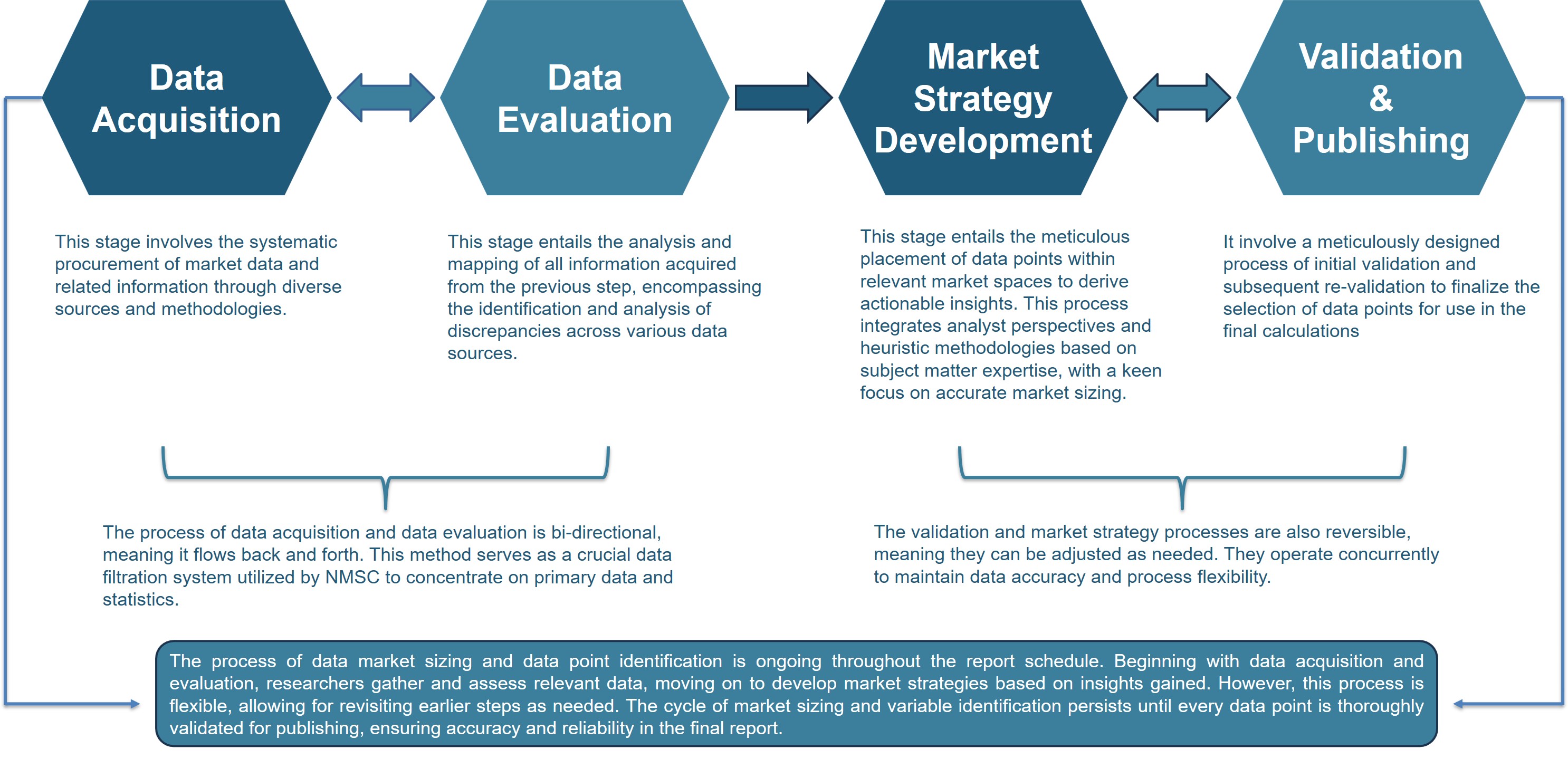




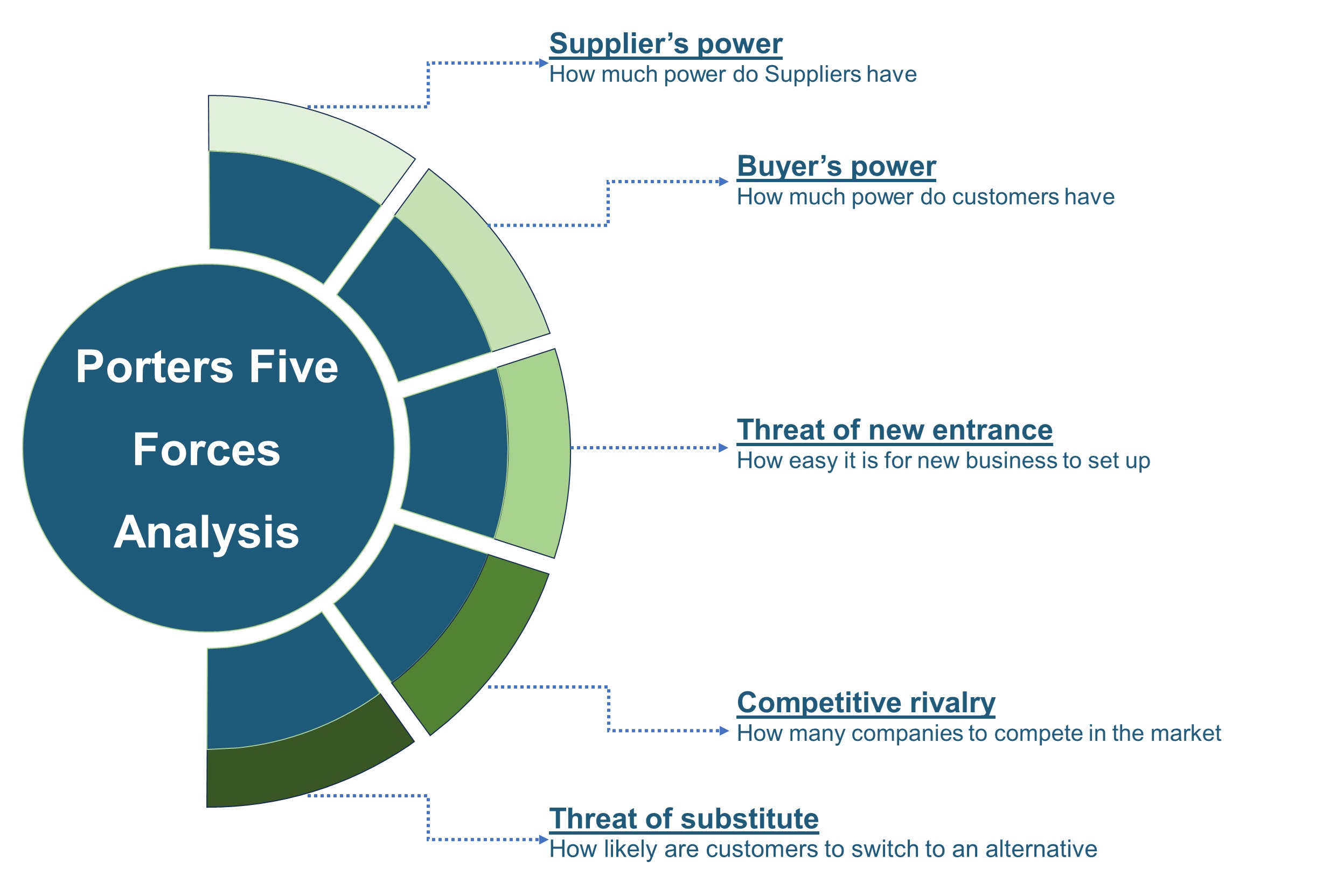







 Speak to Our Analyst
Speak to Our Analyst



